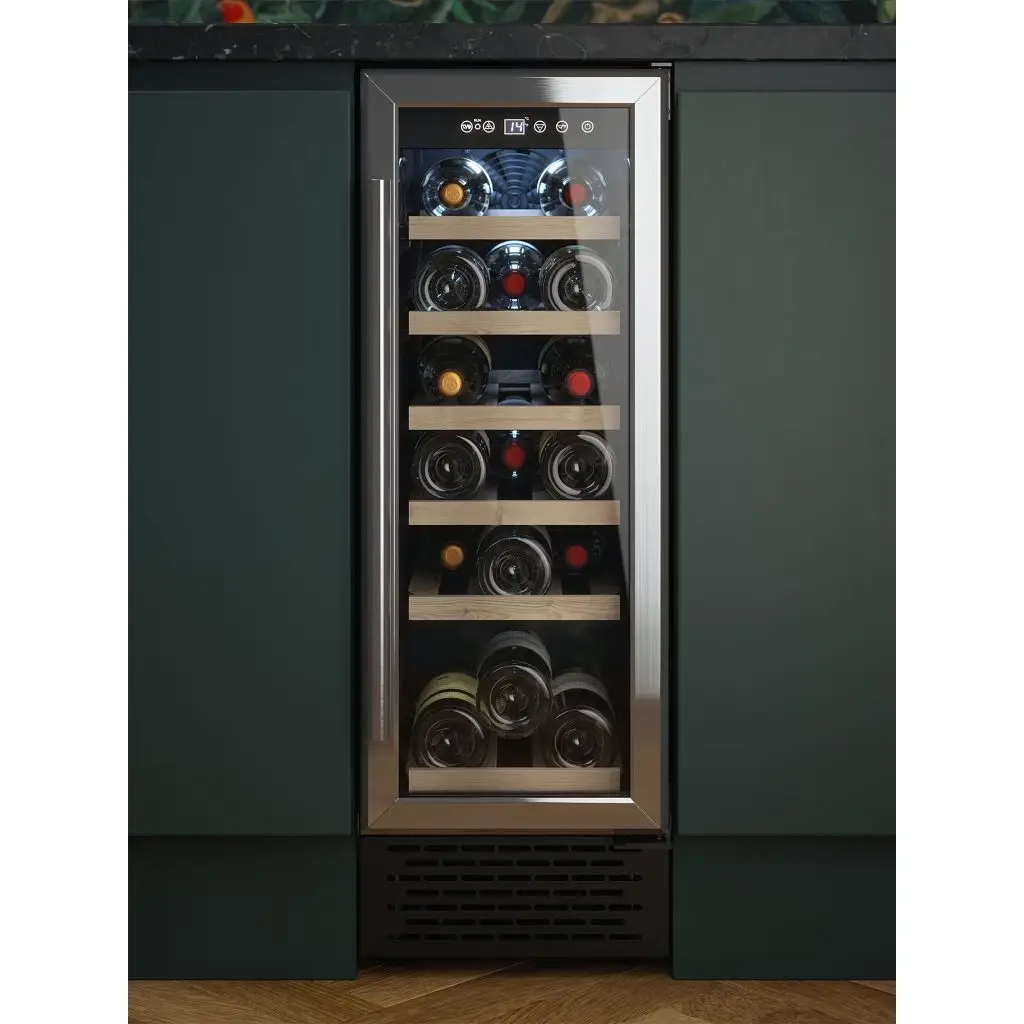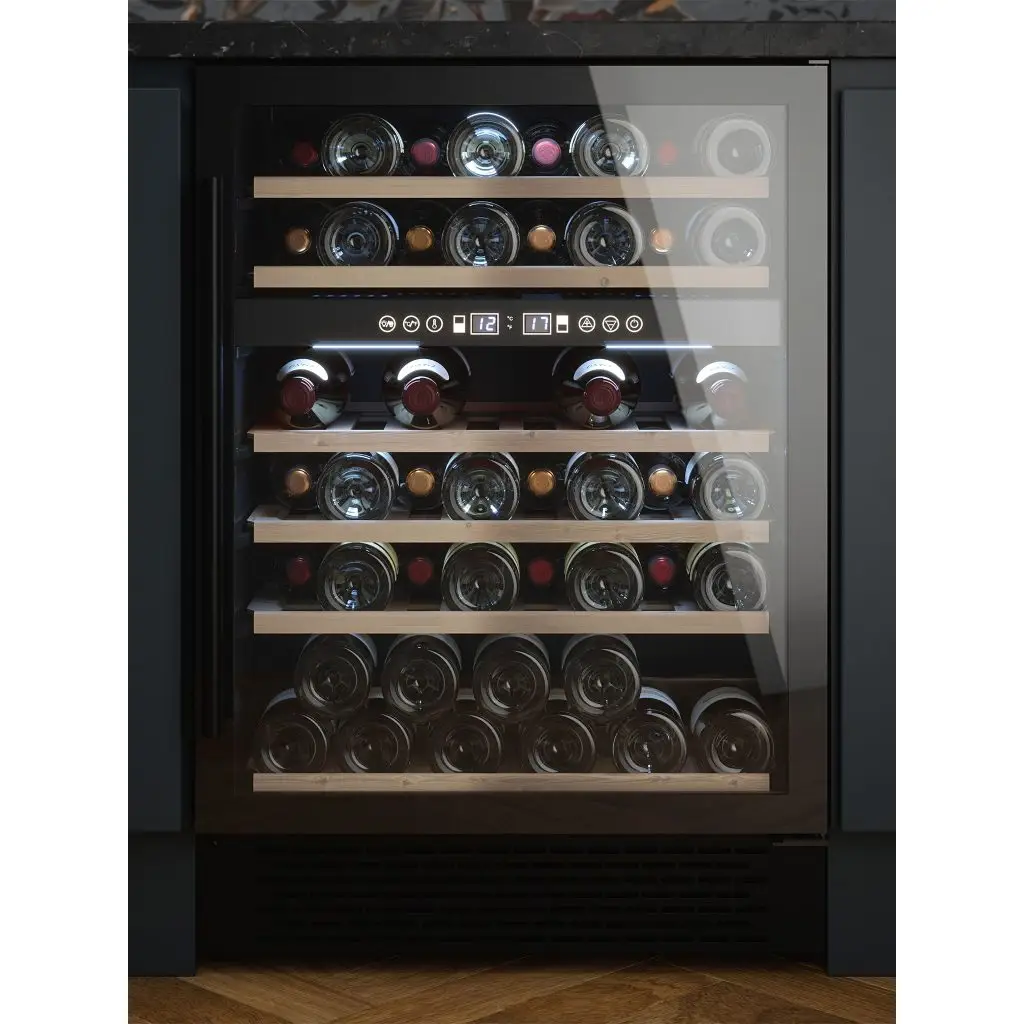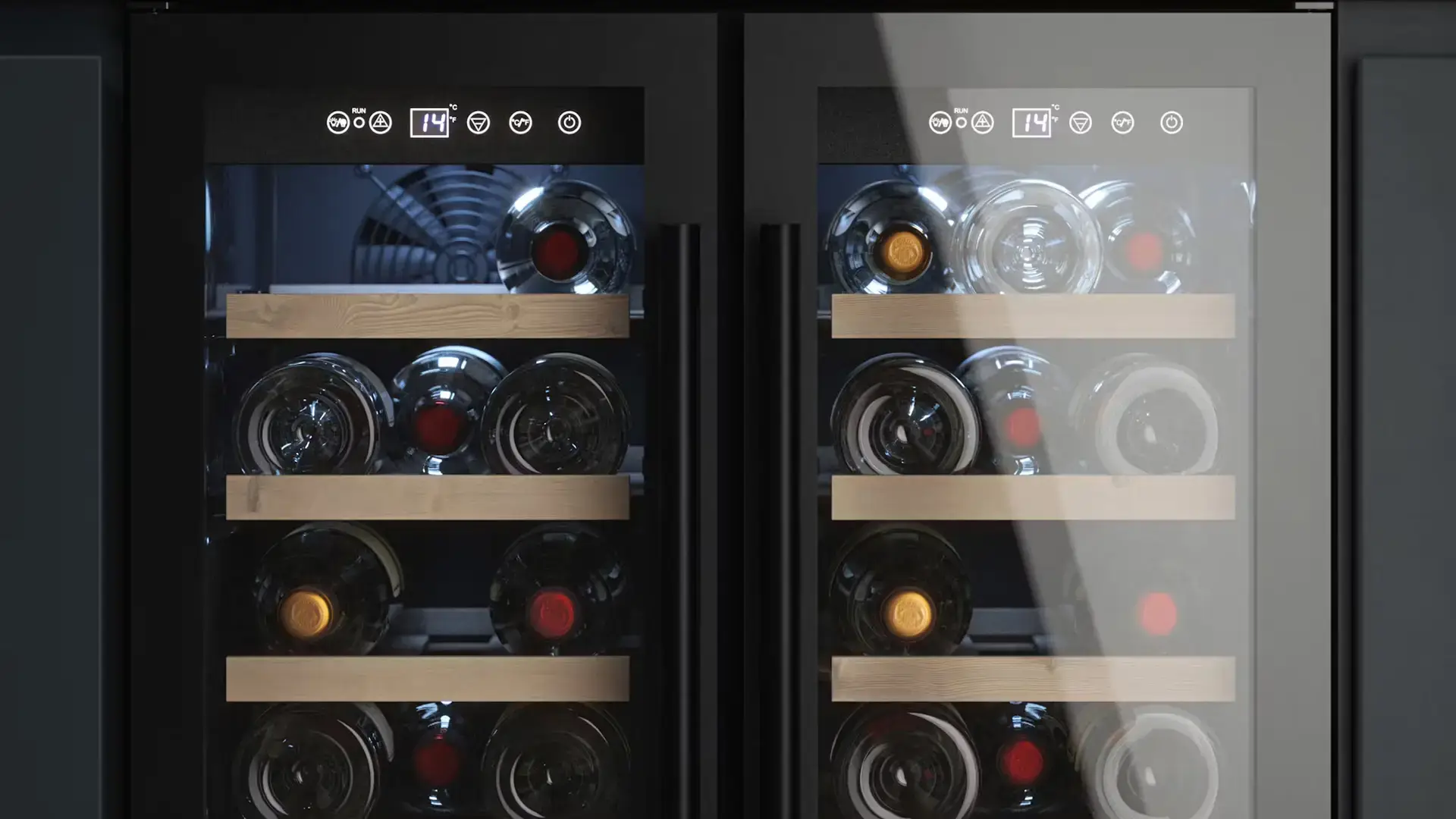
How Energy-Efficient Are Modern Wine Coolers?
With rising energy prices and a growing focus on sustainability, many wine lovers are asking: How energy-efficient are modern wine coolers? Whether you’re storing a handful of bottles or a full collection, understanding energy consumption helps you make smarter choices for both your wallet and the environment.
What Is Energy Efficiency in Wine Coolers?
Energy efficiency in wine coolers refers to how effectively the appliance keeps wine at a stable temperature with minimal electricity consumption. It’s usually measured in kilowatt-hours per year (kWh/year), often shown on an energy label rating (from A+++ down to G under older EU schemes, or A-G in the newer system).
Efficient models consume less power while maintaining consistent temperatures, reducing both running costs and environmental impact.
How Have Wine Coolers Improved Over Time?
Today’s modern wine coolers are leaps ahead of older units. Innovations like better insulation, low-energy LED lighting, and more efficient compressors mean modern coolers use significantly less energy while offering superior temperature stability.
| Feature | Older Wine Coolers (10+ yrs) | Modern Wine Coolers |
|---|---|---|
| Insulation | Basic foam, often leaks air | High-density, airtight |
| Lighting | Incandescent/bulbs | Low-power LEDs |
| Energy usage (typical) | 300–450 kWh/year | 80–150 kWh/year |
| Thermostat accuracy | Manual, less precise | Digital, stable |
What Factors Affect Energy Consumption?
Several factors determine how much electricity your wine cooler uses:
- Size & Capacity: Larger units for 100+ bottles naturally consume more than 12-bottle models.
- Temperature Zones: Dual-zone wine coolers need more energy to manage separate zones.
- Room Temperature: Placing your cooler in a warm kitchen or conservatory makes it work harder.
- Cooling Technology: Compressor wine coolers are better for larger collections but use more energy than small thermoelectric wine coolers.
- Usage Habits: Opening the door frequently or overloading shelves increases consumption.
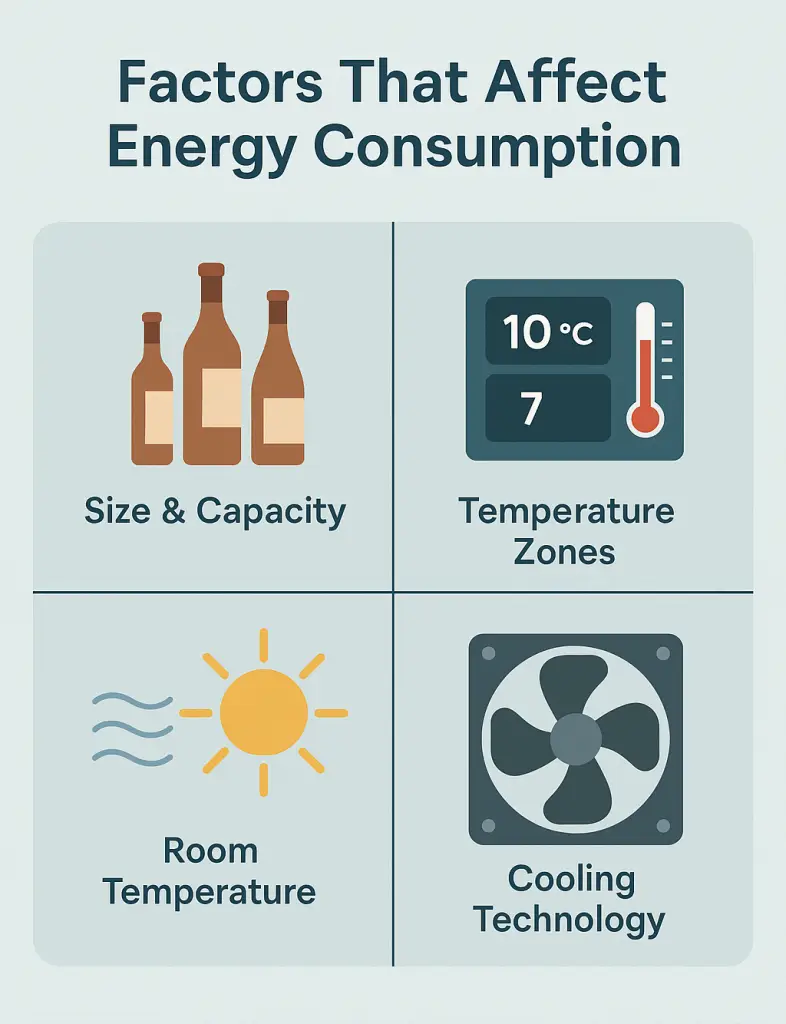
Wine Cooler vs Wine Cellar: What’s the Difference?
A wine cooler is a compact, appliance-based solution for storing wine at the perfect serving or short-term ageing temperature. In contrast, a wine cellar is a larger, usually room-sized, space for long-term wine storage and ageing, with more advanced climate control.
For most wine enthusiasts, a wine cooler offers the perfect balance of convenience, capacity, and affordability.
How to Choose an Energy-Efficient Wine Cooler
To buy an energy-efficient wine cooler, look for these features:
- Energy label: Prioritise A-rated or higher under current labelling schemes.
- Appropriate size: Avoid oversized coolers that waste energy cooling empty space.
- Quality insulation: Triple-glazed or UV-resistant glass doors reduce heat gain.
- Eco modes: Some modern coolers have low-energy settings or smart defrost cycles.
- Thermoelectric option: Ideal for smaller collections up to ~20 bottles, these models use less energy but struggle in hot rooms.
How Much Do Wine Coolers Cost to Run?
Modern wine coolers typically use 80–150 kWh/year, translating to £24–£45/year at £0.30 per kWh — similar to a small fridge. By contrast, older units might cost £90–£135/year to run. Always check the energy label to estimate annual consumption and calculate:
Running cost (£/year) = Annual kWh × cost per kWh
Example: A cooler using 120 kWh/year at £0.30/kWh costs £36/year.
Tips for Reducing Energy Use with Your Wine Cooler
- Place it away from heat sources (ovens, radiators, direct sunlight).
- Ensure good ventilation around the unit.
- Avoid overloading shelves or blocking vents.
- Minimise door openings.
- Clean condenser coils (on compressor coolers) to maintain efficiency.
Frequently Asked Questions
- All Posts
- Cooker Hood Guides & Advice
- Dishwasher Guides & Advice
- General Appliance Guides & Advice
- Hob Guides & Advice
- Laundry Guides & Advice
- Microwave Guides & Advice
- Oven Guides & Advice
- Wine Cooler Guides & Advice
Learn what dishwasher salt and rinse aid do, why they matter, and when to refill them for the best cleaning...
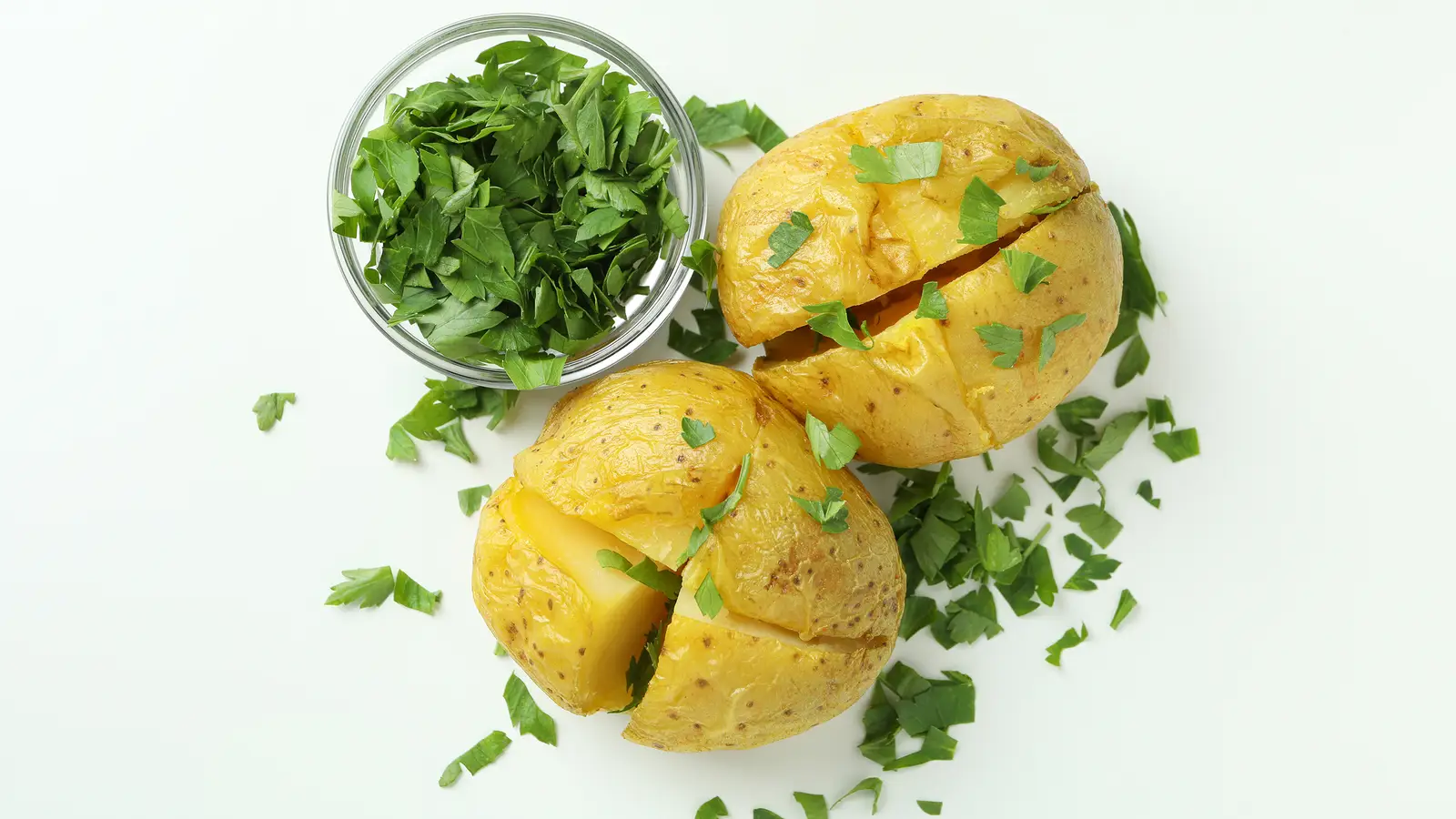
Learn how to cook the perfect jacket potato with crispy skin and a fluffy centre. Quick, simple steps for oven...
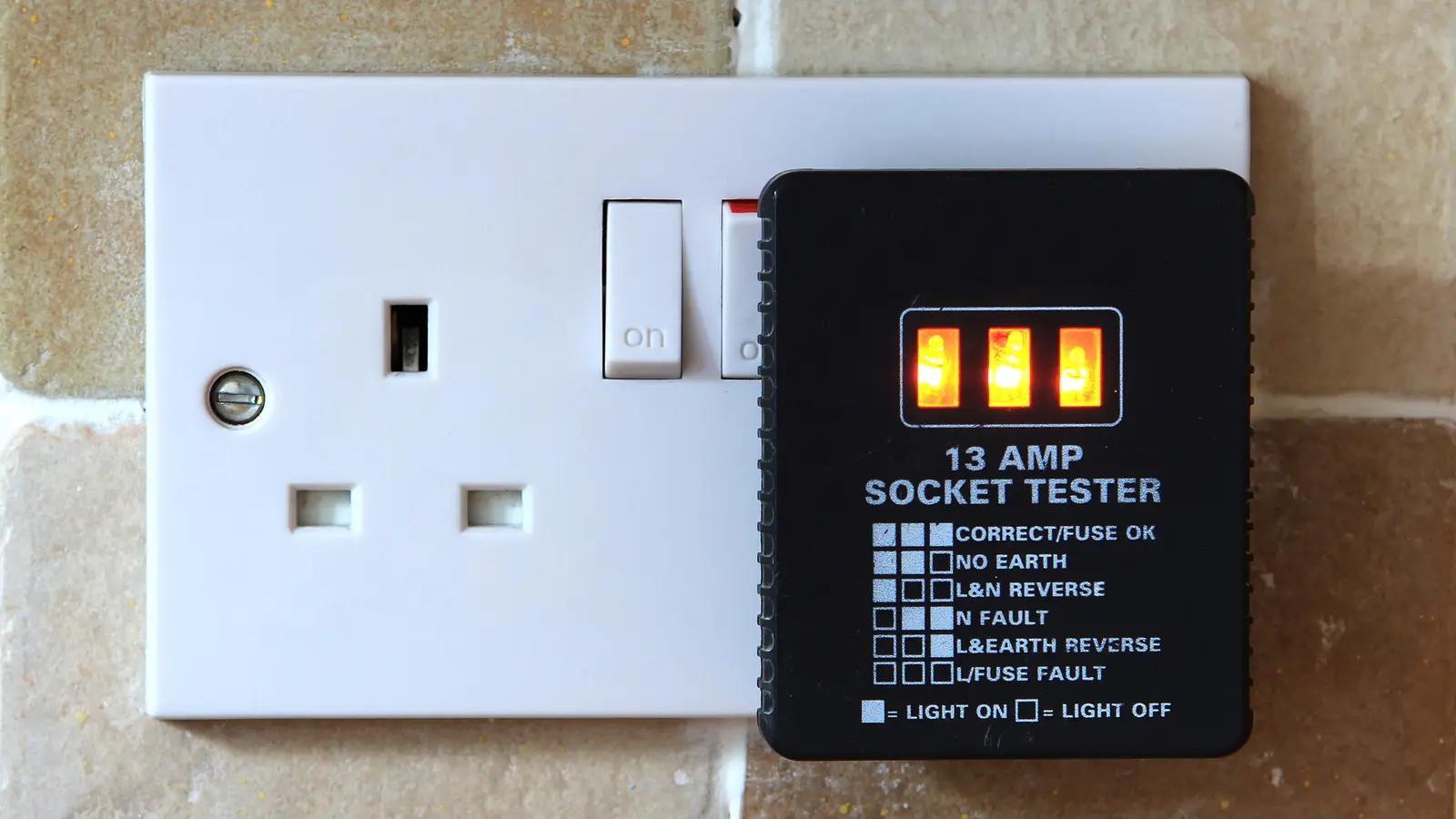
Find out if you can plug a dishwasher into a normal UK socket and what safety rules apply. Quick, clear...
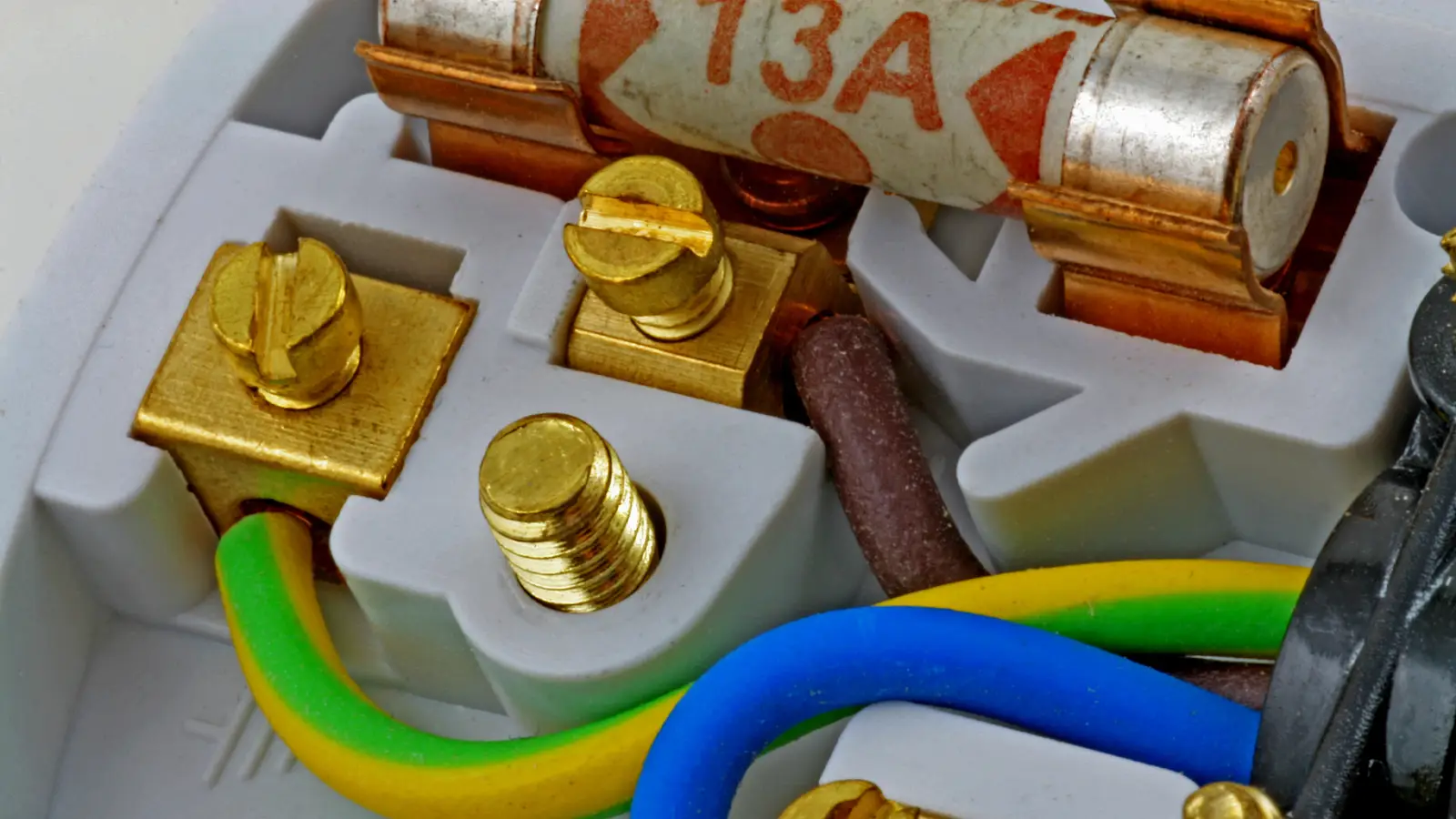
Unsure if a microwave & grill combo can use a normal UK socket? Learn the rules, wattage limits and safety...
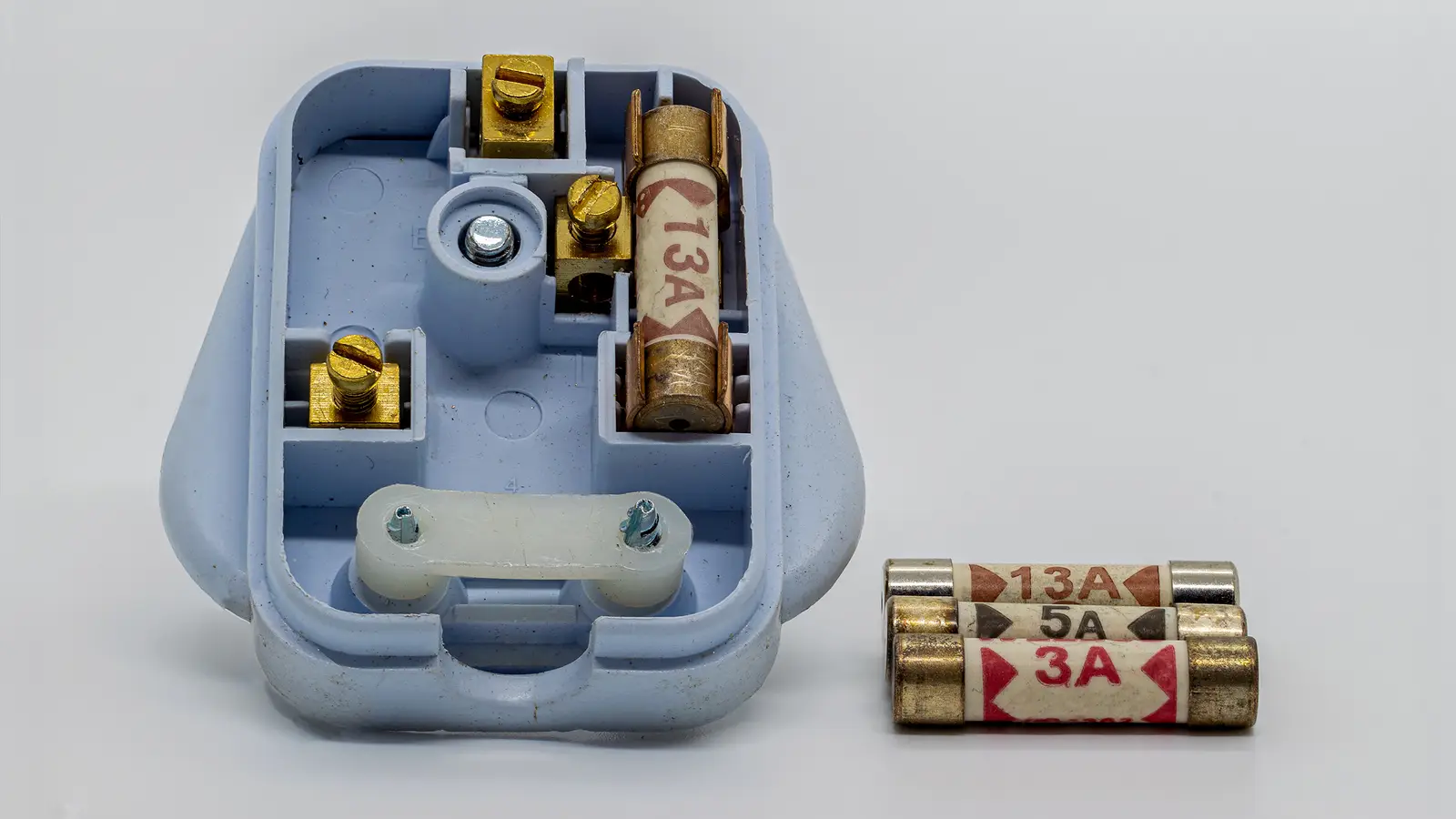
Can you plug a cooker hood into a normal socket? Learn what UK rules allow, safe installation tips, and when...
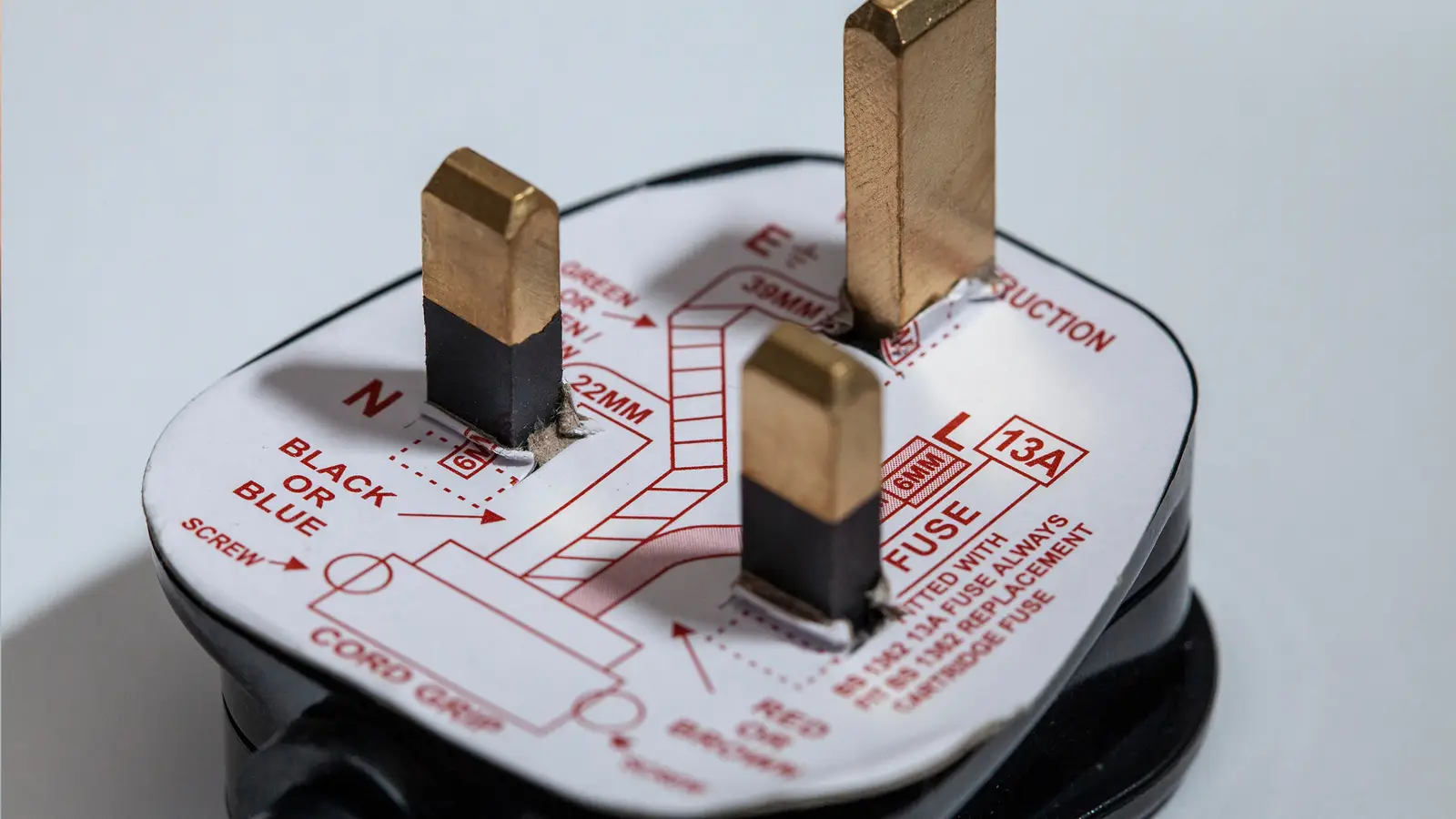
Find out when you can safely plug an induction hob into a normal UK socket and when hard-wiring is required....
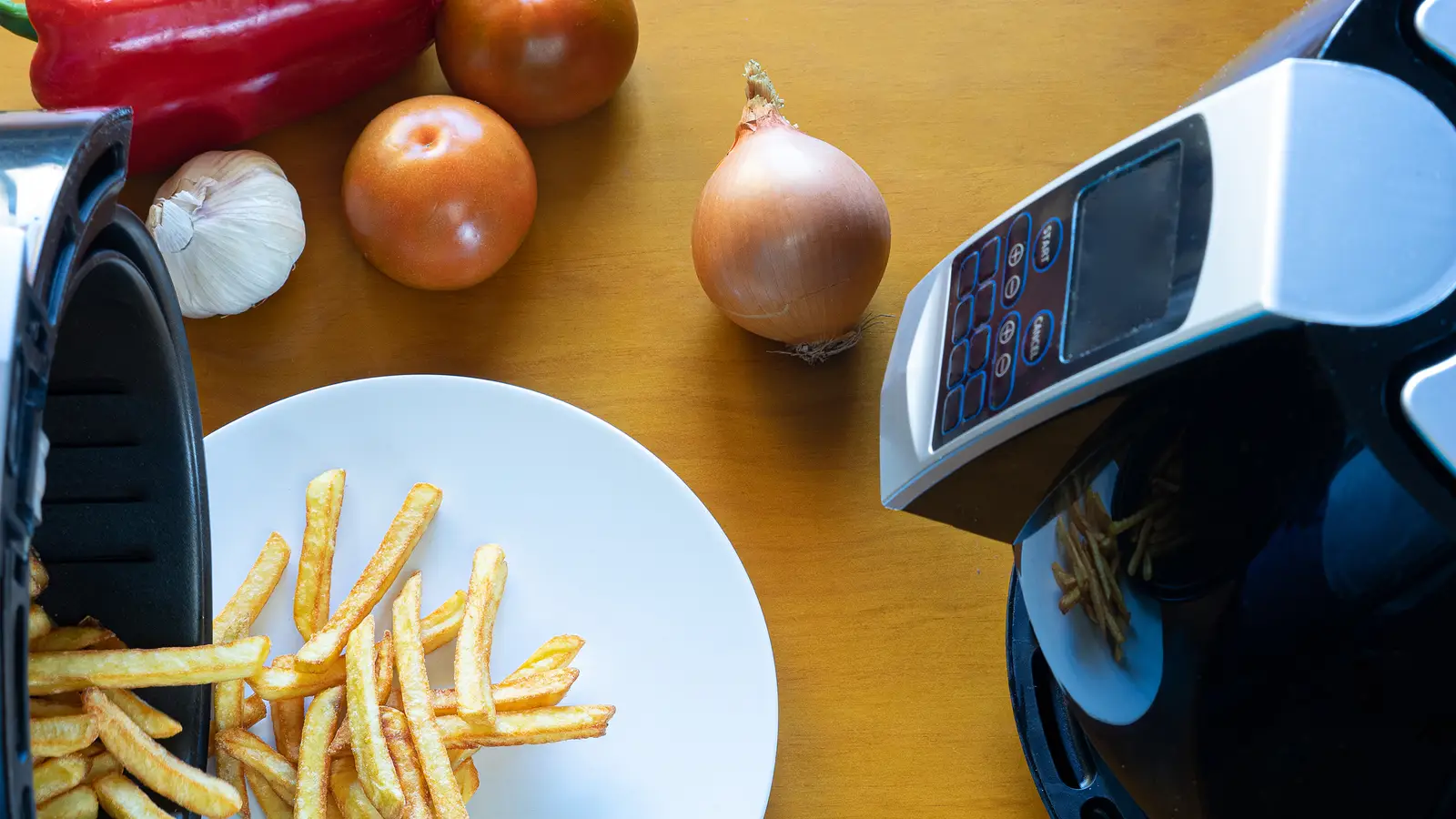
Compare real UK running costs for ovens, air fryers and microwaves. See which appliance saves you the most on everyday...
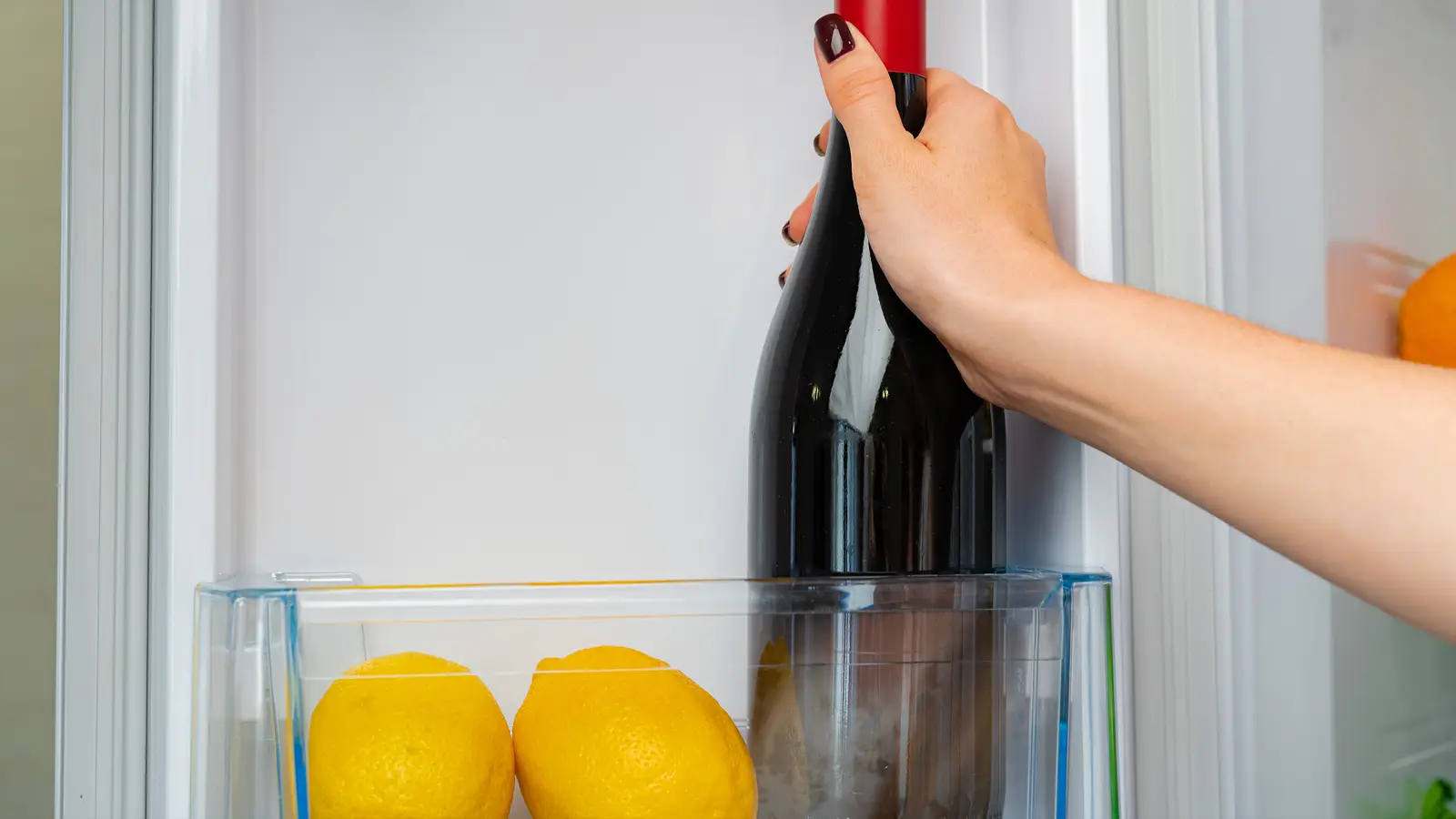
Storing wine in a fridge can damage flavour and cork health. Learn why temperature swings matter and how to store...
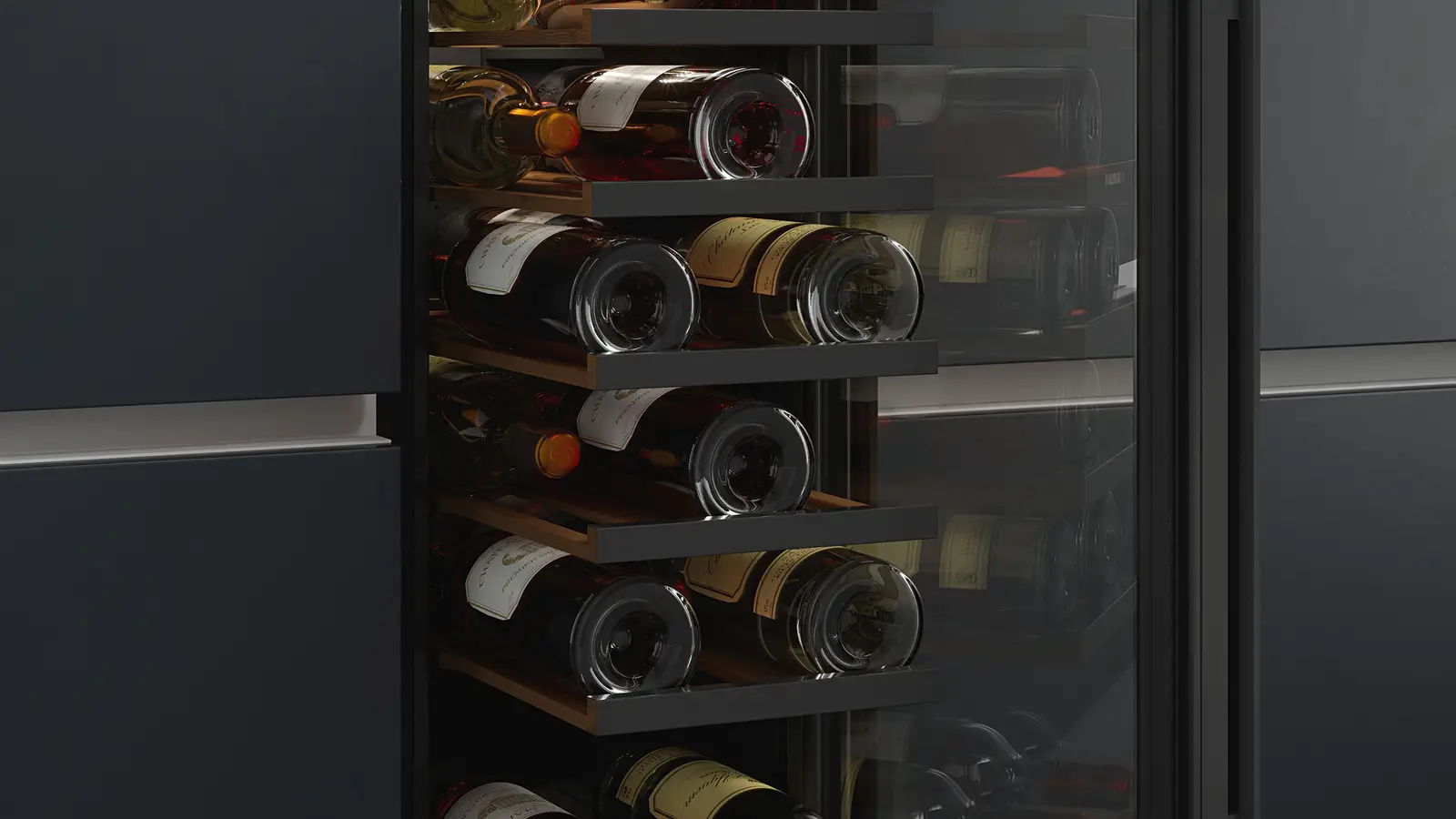
Learn how rubber feet, shelves and flooring reduce vibration in wine storage. Keep your bottles stable and ageing perfectly. Read...
